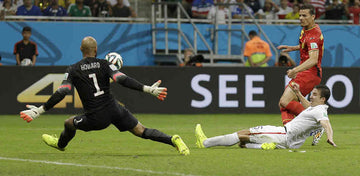Whether it is a through ball behind the line with an offensive player running on or a player who has broken through the defensive back line and is dribbling in at you, the one thing in common with these situations is you are the only thing between the player with the ball and the goal. The other thing both of these situations share is that it requires you to come off your line to deal with the player and the ball. Lets talk about both of these in their simplest terms.
You have three basic choices:
- Make the save before the ball is shot.
- Make the save as the shot is taken.
- Make the save after the shot is taken.
These choices are in order of preference. (The above 3 concepts where formalized by Tony DiCicco)
Shutting a play down when feasible before the shot is taken is always the best choice. Having said that, your first considerations is can you win the ball before the approaching player? Or can you win it off a poor touch ? If so you need to attack and smother the ball quickly and decisively.
Determine the speed and distance of the attacker, you will need to “close them down” by taking space ,try to match the pace of the attacker as you come out. Rule of thumb is to take as much space as you can when the ball is off of the players foot.
Avoid “ no man’s land” that is where you find yourself not close enough to the player to influence the shot and too far from the goal to make the save, usually, an easy chip shot over the head.
- You want to match the angle of approach and cut down that angle effectively as you come out.
- Be in good control of your body:
- Weight balanced
- Hands low, wide and in front of your body
- Be sure your feet are not so far apart you can be “nutmegged”
- Do not commit when there is not a realistic chance of winning the ball. Once you commit make sure you come up with the ball in your hands
- Do not anticipate or over commit, a good striker can read you. If you start to “cheat” they will see that and take the ball another direction or shoot the other way
- Be as big as you can, you want to present the largest possible barrier by using your hands low, and wide and your shoulders square.
- Delay the attacker as long as possible giving defenders a chance to recover.
That is the breakaway in its simplest form. See part two for more advanced considerations.
There are 3 techniques that are all tools for the keeper on a breakaway, each one is suited for a different situation.
- Coming out under control, previously discussed on page one
- Sliding save
- Modified sliding save
We discussed at length in part one the considerations for coming out under control, this is used when the attacker is in solid control of the ball.
Let’s revisit our first choice of “making the save before the shot”. Often in a breakaway this requires a “Sliding Save”. As the name implies this is a save made while moving forward and sliding on the side of your body, hands first towards the ball. This save requires timing and toughness.
Considerations to perform a sliding save:
- Hands to ball first, do not slide feet first, your objective is to not only win the ball but hang on to it.
- Your last step should be long and low to get you quickly to the ground. I like to use the analogy of landing a plane.. .a fast and low approach.
- Once your hands reach the ball the rest of your body is coming in and squaring up to create a large barrier. (this is where core body strength play a part)
- Slide with your head to near post, feet central. Should you mishandle the ball this position improves the chances of it being pushed wide and not in front of the goal.
- Remember you have advantage, the ball is rolling towards you! A ball that looks 50/50 or even 60/40 is really your ball!
A modified sliding save is the same in almost all respects to the sliding save, except for a couple of technical changes. This save is used for choice number two from the part I “making the save as the shot is being taken”. If you can visualize getting to the attacker just as the ball is being struck or a fraction after. Your consideration now is to make your self large as you are sliding in to the ball. Shoulders square, coming in with the central part of your body, arms a bit more above the head, hands cupped over elbows bent to help contain the ball.
Your chances of success using any of these techniques will improve with a correct starting position. Which means if you are moving with the flow of the game and not just sitting on your line, then you may gain a step or two advantage in 1v1 events.
Last but not least….. You have tactical considerations these require an ability to understand and “read” the game. You need to be aware of where your defense is in relation to this breakaway/ through ball you are dealing with.
Can your defender recover in time to head the player off? Is there a player who can come across and intercept the ball/player? If so are they in a better position than you to make the play? Can you combine with your defender to “pinch” the player out of optimal scoring position? By this I mean that a defender giving chase should take up a goal side position and force the player wide while the keeper cuts the angle working in tandem with the defender; this usually results in a poor shot or bad touch by the player giving the GK the opportunity to make the save.
All of these considerations both technical and tactical take lots of practice and game time. When you are working at game speed you don’t have time to think about your choices they need to be automatic, and this only comes from repetition in the proper form.
Catherine Gordon
------------------------
Catherine Gordon is the Founder and Director of Net Edge Training, http://www.netedgetraining.com/. Since 1999 Net Edge Training has specialized in goalkeeping training for players of all ages, from youth to collegiate. A former USL W-League goalkeeper for the New Jersey Wildcats. Gordon boasts over 25 years experience between the pipes. A graduate of Purdue University. Catherine Gordon is a Division I Asst. Coach at Fairleigh Dickinson University with primary responsibilities for goalkeeper training and development. Gordon holds a USSF “C” License and a NSCAA Advanced National Goalkeeping Diploma. She also serves as a goalkeeper evaluator for the Olympic Development Program and is a certified Trainer for Positive Coaching Alliance (PCA).

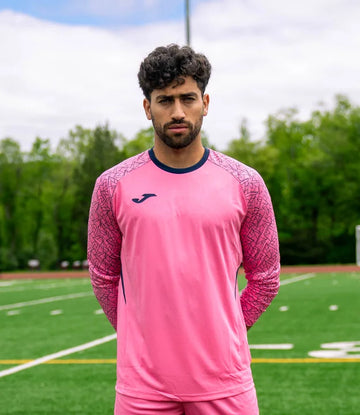
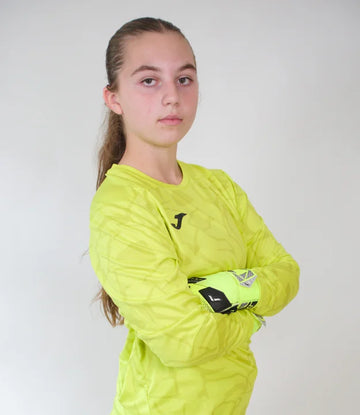
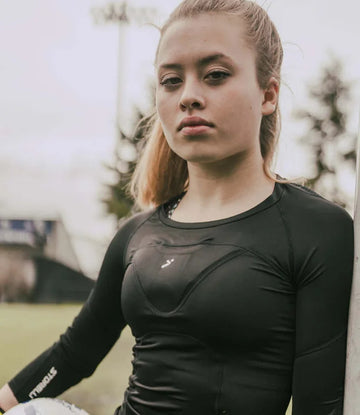
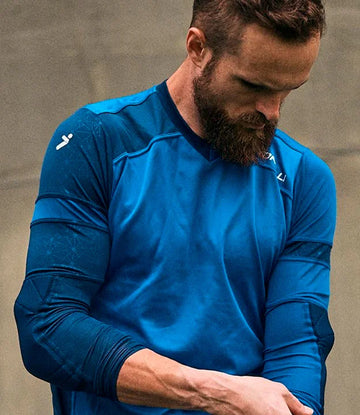
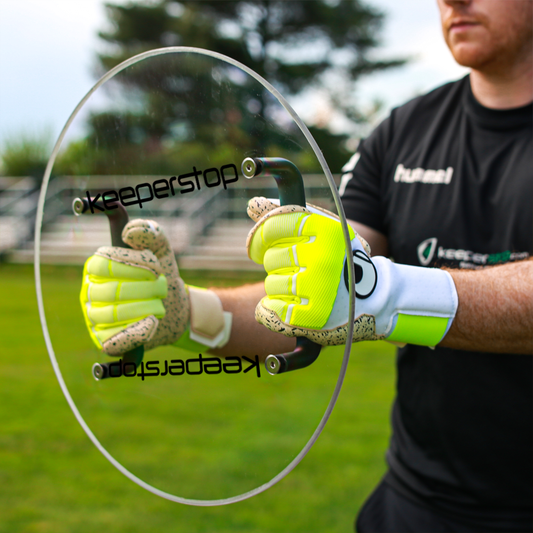
 Gloves
Gloves
 Jerseys
Jerseys
 Gear
Gear
 Brands
Brands
